Your cart is currently empty!
Month: February 2014
-
Minimum Wage
The news is full of articles about raising the minimum wage. There’s no question that workers need a reasonable minimum wage in order to buy the things they need to live. Animals are no different. Now chickens have no use for money. They are not going to take a bill full of dollars and walk to the store to purchase things. However, they still deserve something of value in exchange for the eggs they provide. And what is amazing, is that the more you pay them in the way of space, pasture, and brush, the more they reward you with higher quality eggs.
The next time you purchase eggs or chicken meat, ask your grocer what sort of wages the chickens which laid those eggs receive? How much space does each hen have? How many acres of grassland do they have? Do they have roosters they can flirt with?
In the pictures below, I’ve listed a number of things I consider should be part of any chicken’s compensation package.
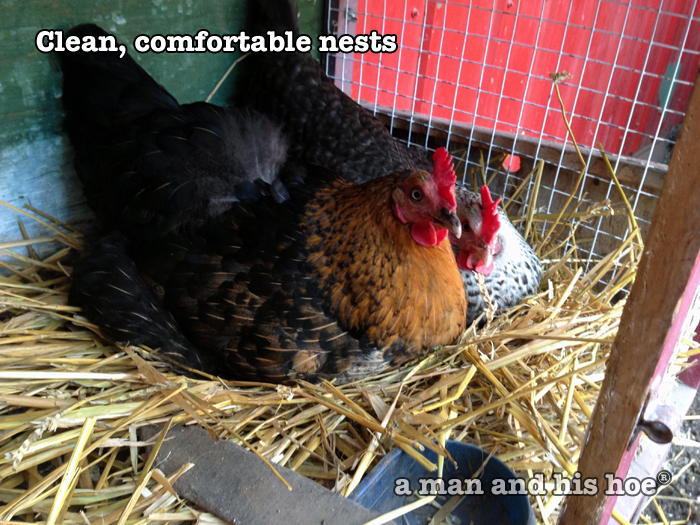
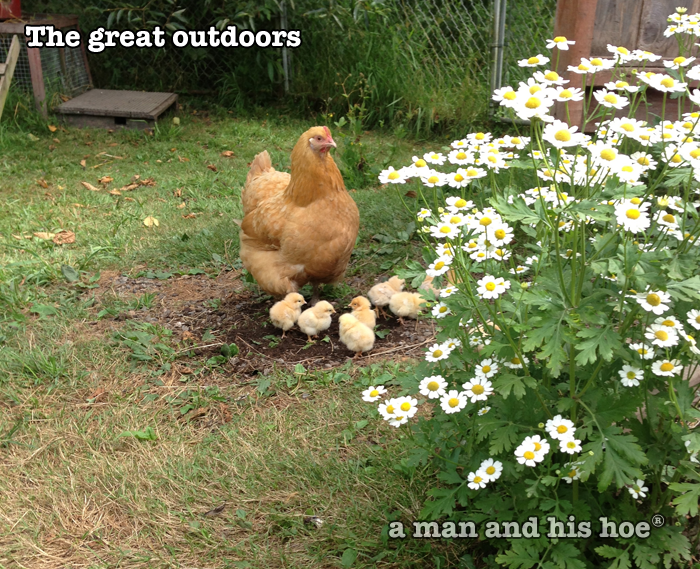
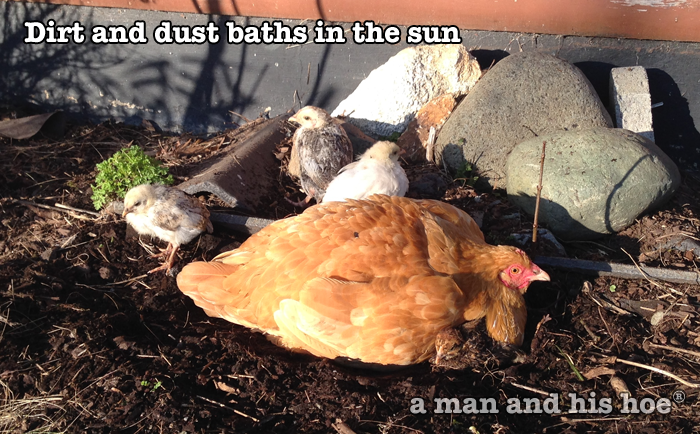
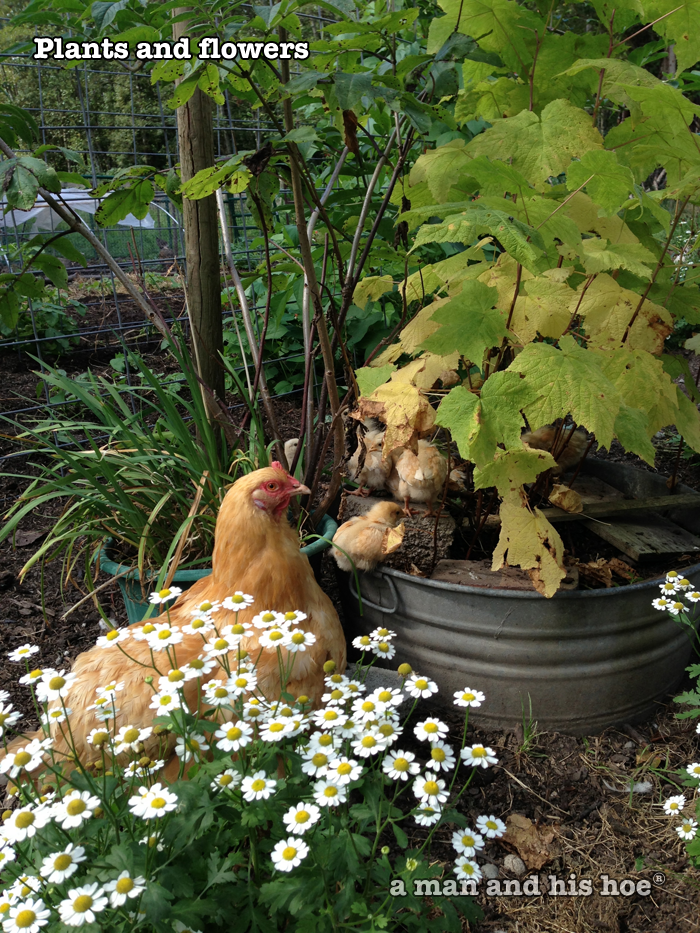
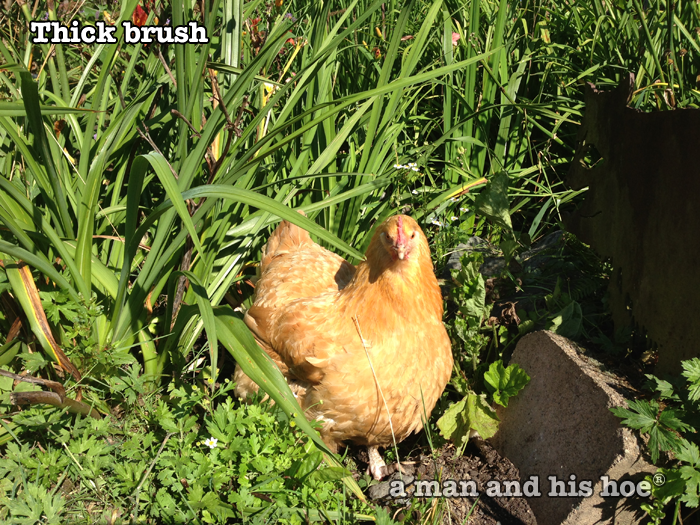
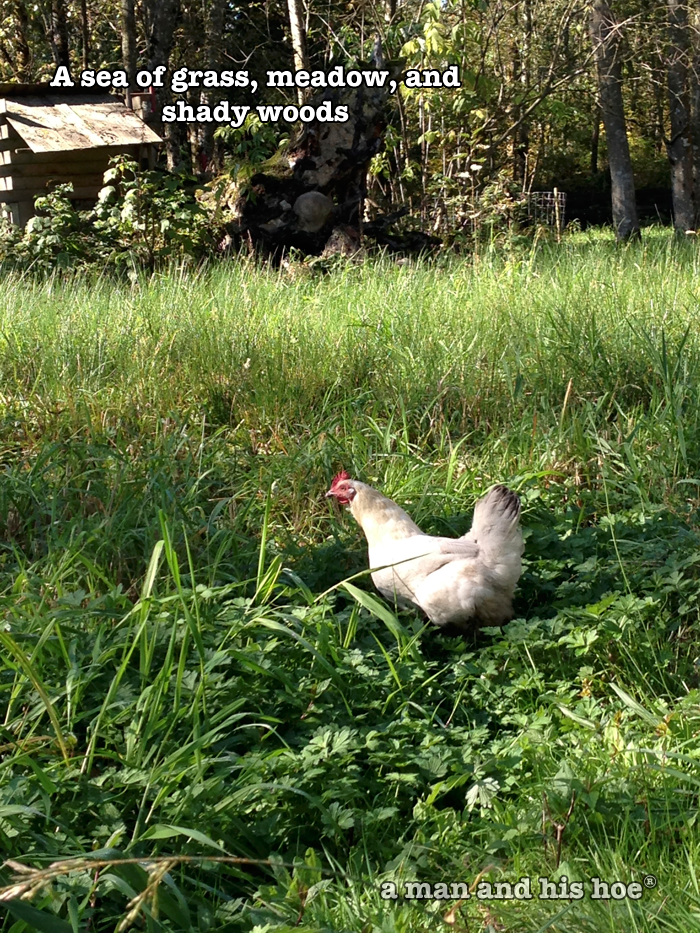
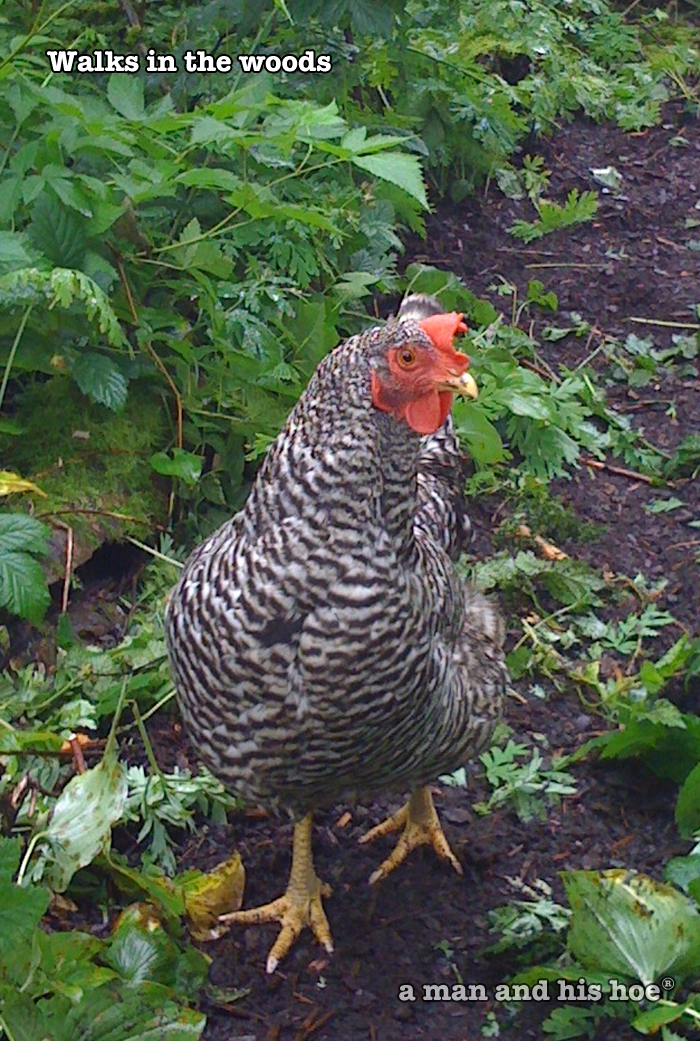
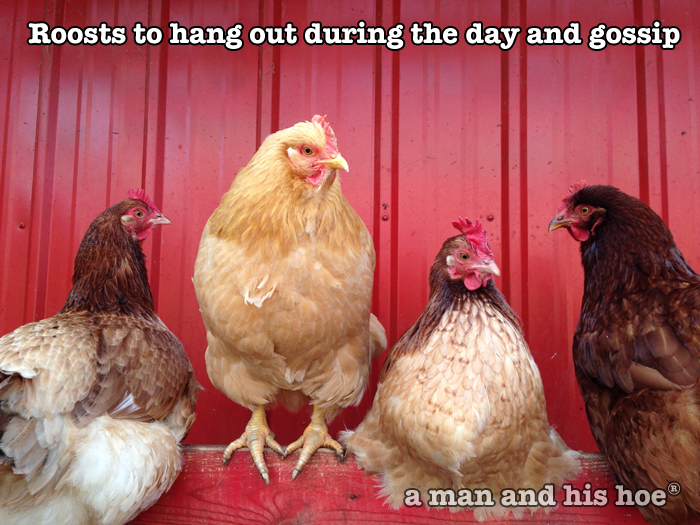
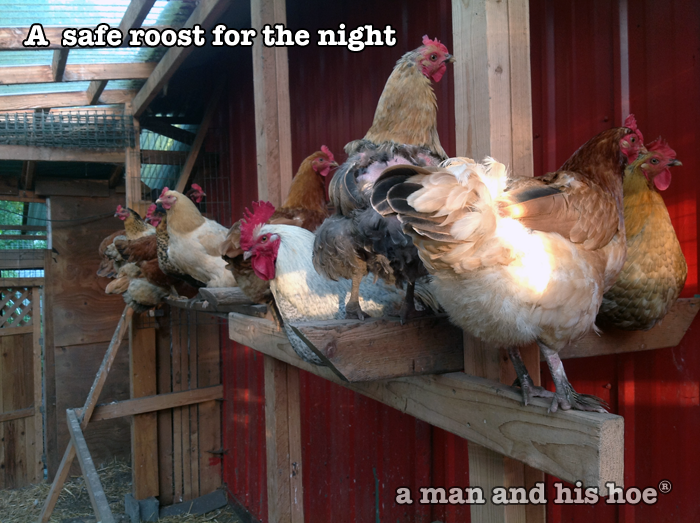
-
Maple or Ina?
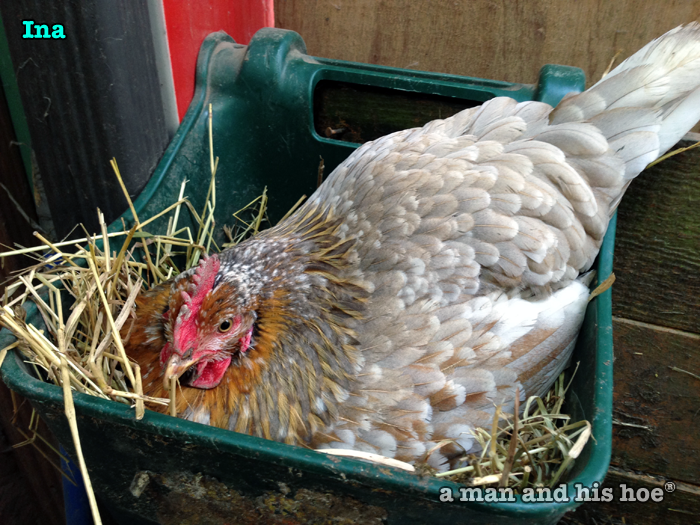
It’s easy to tell chickens apart when they are as different as Ina and Maple. But how does one tell chickens apart when they look very similar?
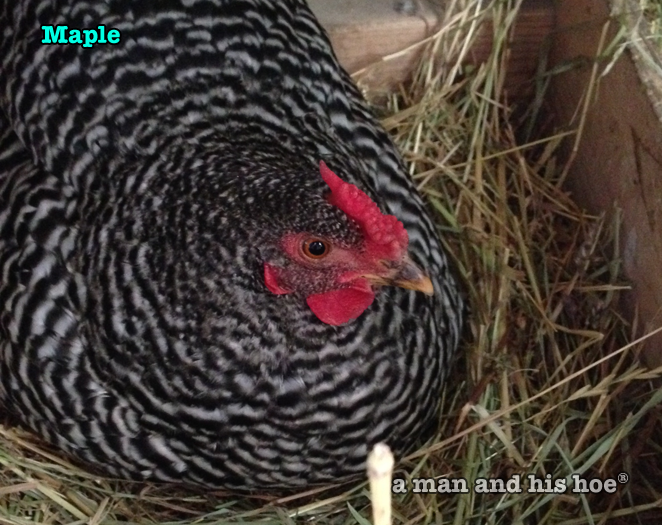
Chickens of the same breed have slight variations in their color, shape, size, and personality. One thing that is unique to each chicken is the size and shape of their comb. When you look directly at their face, which is how chickens recognize each other, each chicken looks very different. There are flat combs, straight combs, wavy combs, spiky combs, wide combs, narrow combs, and on and on.
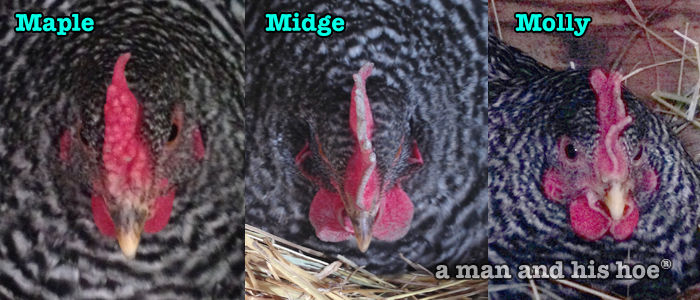
-
Disordered Hyperuniformity
Chickens have amazing eyesight, able to see ranges of color we humans can’t. Now, researchers from Princeton University and Washington University in St. Louis have discovered that the cells in a chicken’s retina have an unusual arrangement, and is the first known biological occurrence of a new state of matter known as “disordered hyperuniformity”.
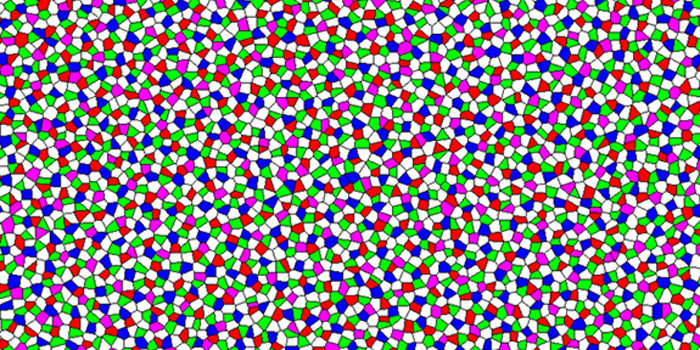
Over large distances, they display order, but over small distances, disorder. For example, take crystals of sand. Each bit of sand is different, but when you look at a large volume of sand, it appears to be similar. At the same time, disordered hyperuniformity substances are similar to liquids in that they have the same properties in all directions.
According to the researchers:In many creatures’ eyes, visual cells are evenly distributed in an obvious pattern such as the familiar hexagonal compact eyes of insects. In many creatures, the different types of cones are laid out so that they are not near cones of the same type. At first glance, however, the chicken eye appears to have a scattershot of cones distributed in no particular order.
Joseph Corbo, an associate professor of pathology and immunology, and genetics at Washington University in St. Louis, approached Salvatore Torquato, a chemistry professor at Princeton, whose group studies the geometry and dynamics of densely packed objects. Professor Torquato came to the conclusion that:
“Because the cones [in a chicken’s retina] are of different sizes it’s not easy for the system to go into a crystal or ordered state,” Torquato said. “The system is frustrated from finding what might be the optimal solution, which would be the typical ordered arrangement. While the pattern must be disordered, it must also be as uniform as possible. Thus, disordered hyperuniformity is an excellent solution.”
For a more detailed explanation, read In the eye of a chicken, a new state of matter comes into view at News at Princeton.
-
Mother and Daughter
The relationships mother hens have with their chicks can be rich. Watch hens interact with their chicks, and it’s clear that chicks need their mothers.
[wpvideo q1ngb4y6]
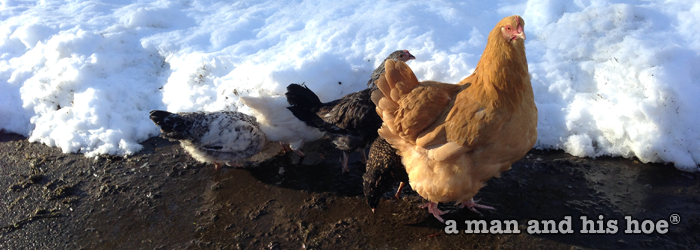
-
Never a Dull Moment
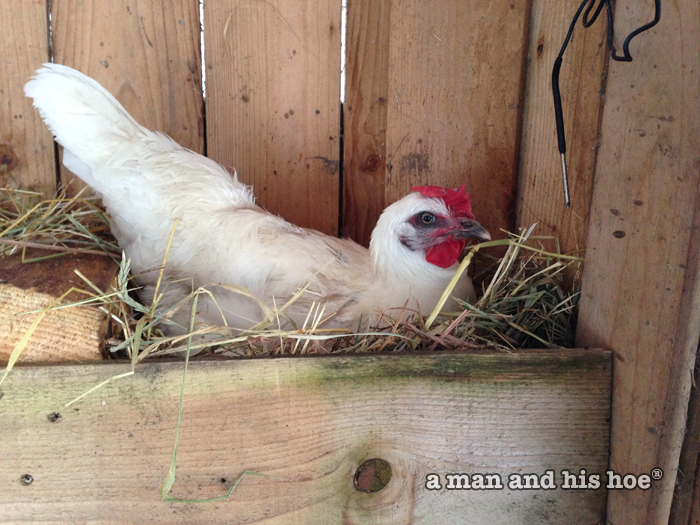
Yuki-hime 雪姫 has taken to the new nests we built in the woodshed.
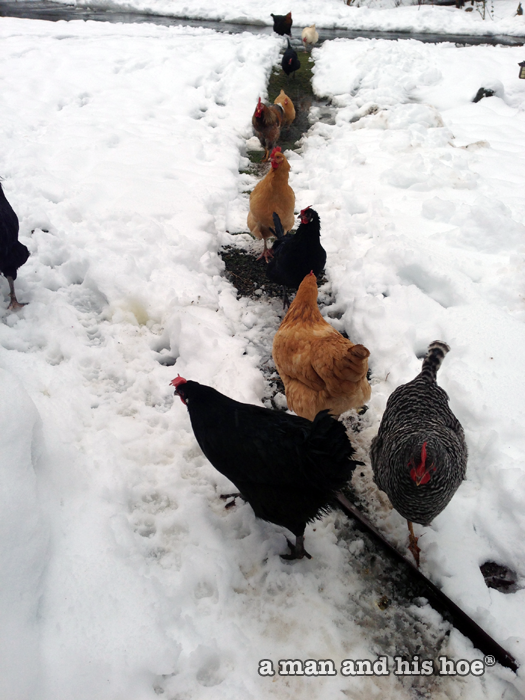
The chickens make good use of the paths we cleared in the snow. The snow stopped last night. This afternoon it is raining, and the forecast is for much warmer weather tomorrow. In a few days the chickens will have their grass and pasture back.
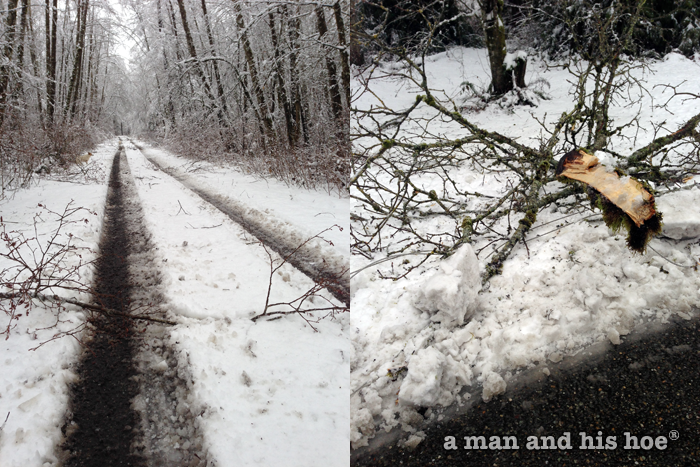
The chickens don’t care if the power is on or not. But we do. After 11 hours with no power and running off our generator, the power is back on.